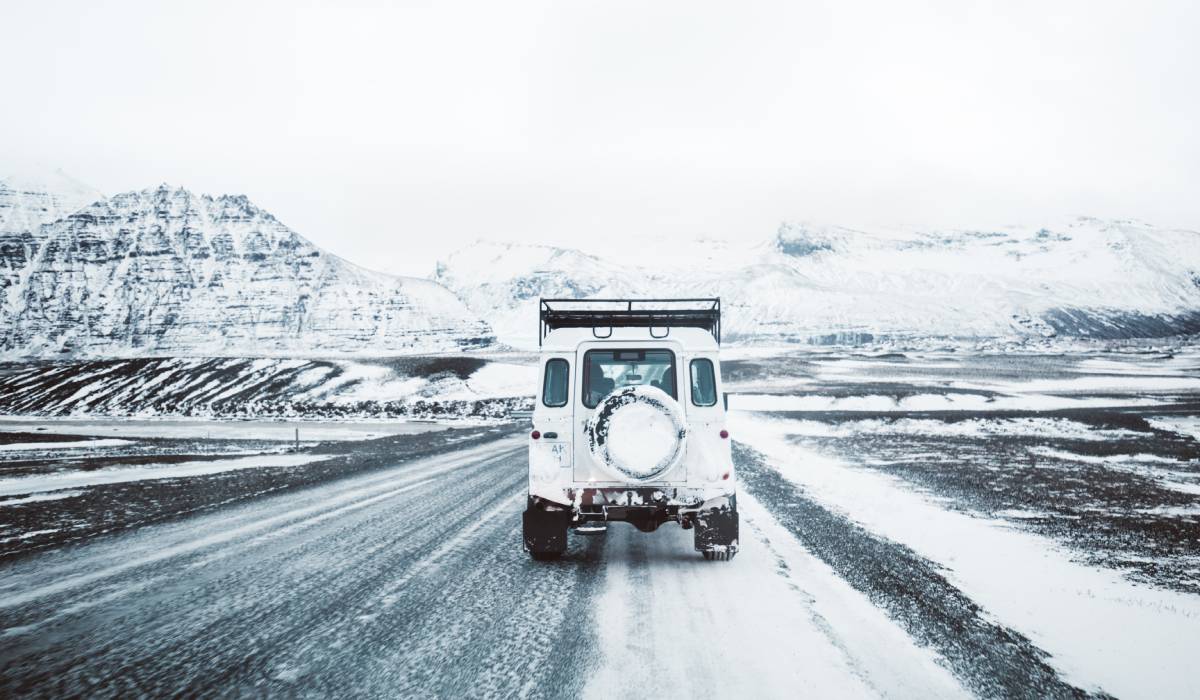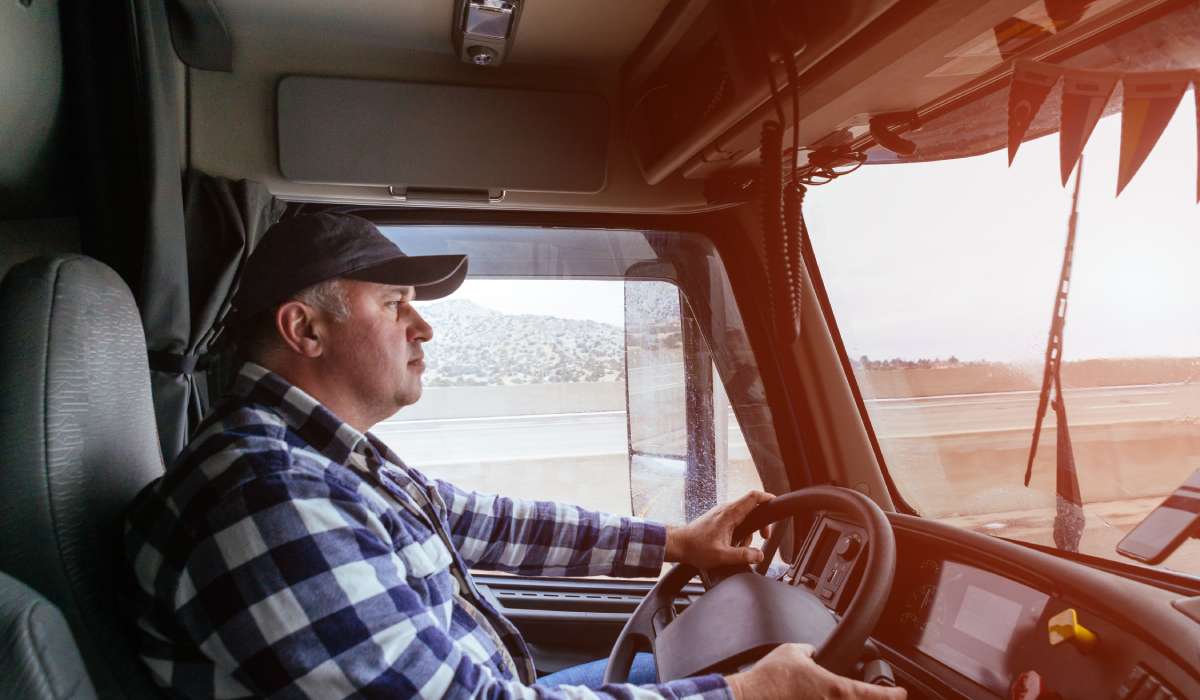Taking your off-roading adventures into the winter months can be an exhilarating yet challenging experience. As the landscape transforms, presenting snow-covered trails and icy paths, the thrill of conquering nature grows.
However, this also demands heightened awareness and preparation to navigate safely. From vehicle preparation to mastering driving techniques on slick surfaces, you need to be aware of critical tips that will ensure a safe and thrilling winter off-road adventure.
As you start prepping, your priority should be to make sure your vehicle is in top condition. Start by equipping your vehicle with the right set of tires. Winter tires or high-quality all-terrain tires are essential to provide the necessary grip on icy and snowy surfaces. Properly inflating your tires, as recommended by your vehicle’s manufacturer for winter conditions, helps maintain control and increases traction.
It’s equally important to inspect and top off fluid levels, especially antifreeze, to prevent engine freezing. Check your battery health, as colder temperatures can significantly affect performance. Additionally, make sure that your vehicle’s heater and defrost systems are functioning correctly to keep the cabin warm and your vision clear.
Before you head out on your off-roading adventure, one of the most important things to keep in mind is that accidents and unexpected challenges can happen to anybody. This means that you should equip your safety kit with the necessary tools to help keep your vehicle in shape.
A winch is invaluable for extracting your vehicle if it gets stuck, and carrying recovery tracks can help provide traction in deep snow. Don’t forget a sturdy tow strap and D-shackles, which can come in handy for vehicle recovery scenarios. An air compressor is crucial for adjusting tire pressure on the go, and a snow shovel can be used to clear snow from around your tires. Beyond vehicle-specific equipment, pack a winter survival kit that includes a first-aid kit, blankets, extra clothing layers, and non-perishable food and water supplies to ensure you’re prepared for any emergencies.
In addition to caring for your car, knowing proper driving techniques protects you and your vehicle. Driving on winter off-road terrain requires adopting specific techniques to ensure safety and control. Maintain a slow and steady pace, paying close attention to the surface conditions. Rapid accelerations or sudden braking can lead to loss of traction, so be gentle with the throttle and brakes.
When ascending or descending hills, do so in a straight line without drastic directional changes. Utilize low-range gearing to increase power and control when navigating challenging obstacles. Additionally, practice counter-steering when sliding around corners to regain control, and always aim for the area of least resistance, such as the apex of snow banks, for better traction.
Lastly, careful planning and navigation are essential for a successful winter off-roading trip. Before setting out, research your route and be aware of the latest weather conditions, as snowfalls can affect accessibility and trail difficulty.
Always share your travel plans with a family member or a friend to ensure someone is aware of your whereabouts. Planning rest stops and turnaround points is also wise, particularly if you’re traveling in a convoy, as this forethought ensures everyone’s comfort and safety.
Embracing the adventure of winter off-roading calls for a blend of preparation, skill, and respect for the natural world. So, gear up, tread wisely, and soak winter’s wonders.









